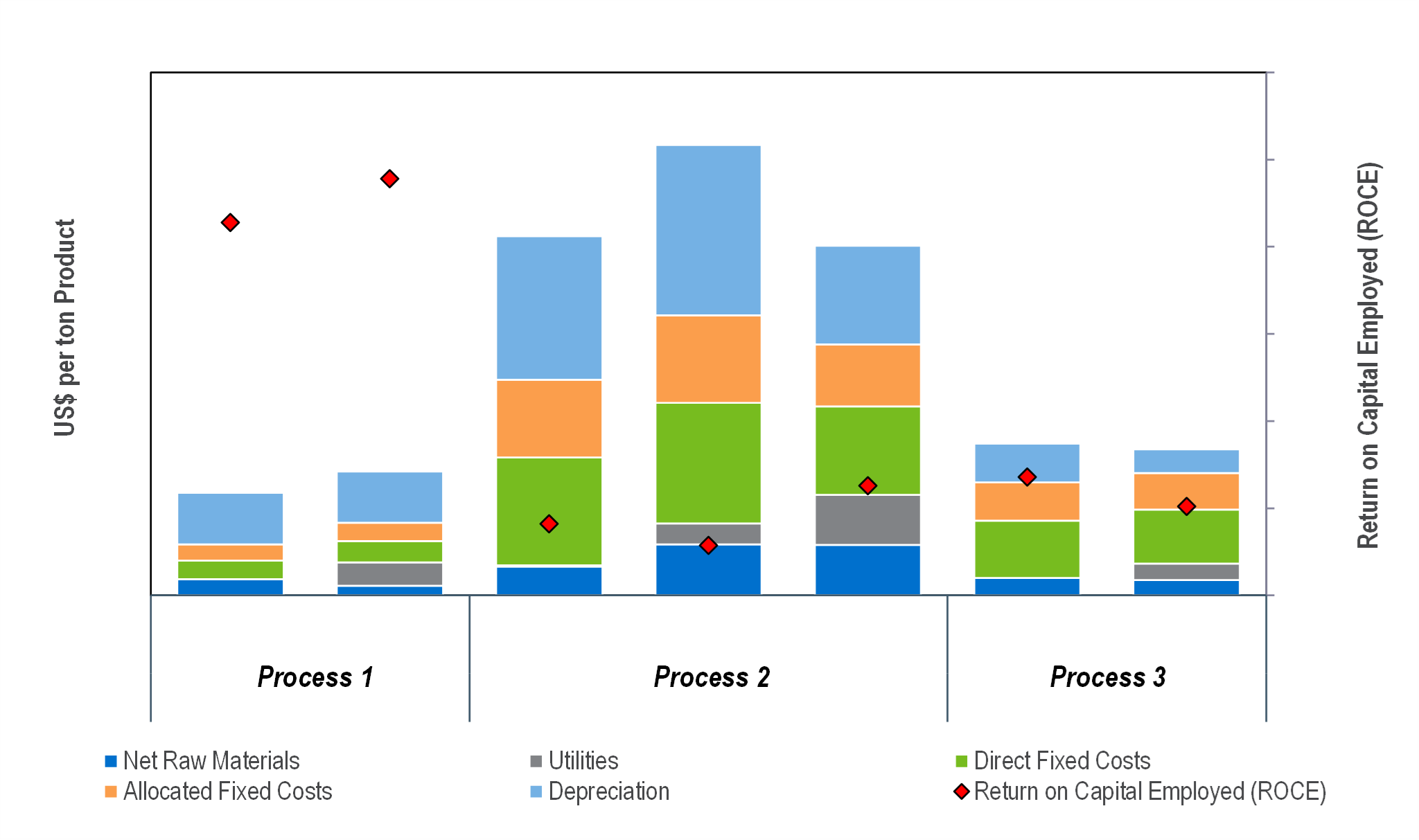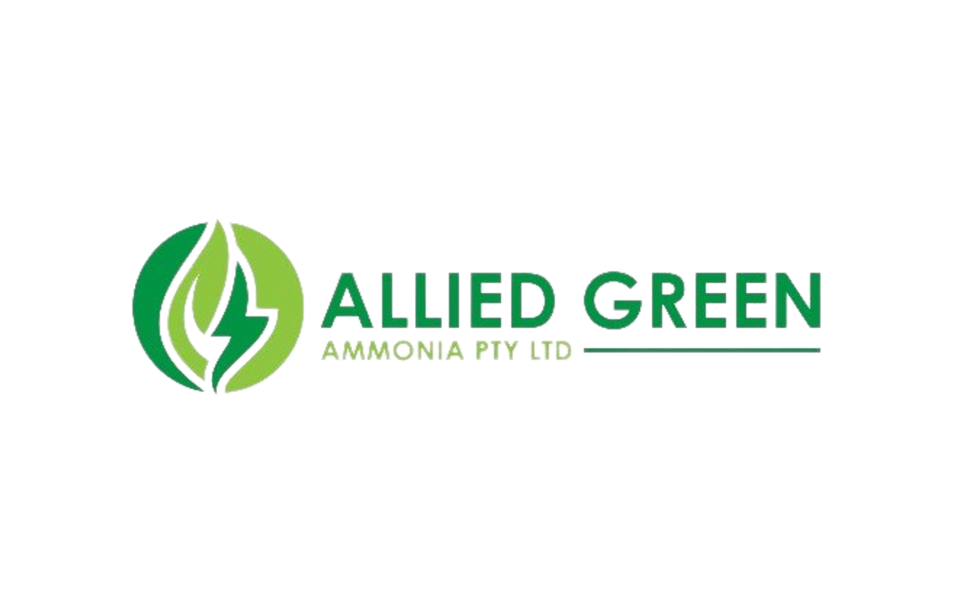News
New TECH Report - Gas Flaring Alternatives (2024 Program)

Gas Flaring Alternatives is one in a series of reports published as part of NexantECA’s 2024 Technoeconomics – Energy & Chemicals (TECH) program.
Overview
Natural gas flaring is the controlled combustion of volatile hydrocarbons and venting is the direct release of natural gas into the atmosphere, typically in small amounts. While flaring is more common than venting, both activities routinely occur during oil and natural gas development as part of drilling, production, gathering, processing, and transportation operations.
Most gas flaring occurs at upstream oil and gas production sites accounting for 90 percent of the flared gas volume, with 8 percent at refineries and 2 percent at LNG terminals. Upstream gas flaring occurs due to operational, safety and economic reasons. According to the World Bank Global Gas Flaring Tracker Report (June 2024), an estimated 148 billion cubic meters of gas was flared in 2023. At the current price of natural gas, the potential market value of the gas flared in 2023 totals to between US$ 9 billion and US$ 48 billion.
The report provides a comprehensive review of the technology landscape for flare gas utilization, covering major licensors and emerging technologies. The economic analyses cover production cost estimates for small scale gas-to-liquids (GTL) and gas-to-LNG technologies. Given the case-specific nature of the economic viability of gas flaring alternatives, key assumptions are detailed with each technology assessed against both wet and dry associated gas feeds. Additionally, it includes extensive discussion on flaring regulation and drivers in the key emitting regions. The following questions are addressed in the report:
- What technologies are available for the capture and utilization of flare gas?
- Who are the licensors and what are the key differentiators? What technologies are under development?
- What are the sources of gas flaring at upstream oil and gas production, refineries (downstream) and industrial processes?
- What flare gas/associated gas utilization projects (pilot, demonstration, and commercial scale) have been undertaken by each technology developer to date?
- What are the causes of gas flaring on a regional basis?
Commercial Technologies
The report provides comprehensive process descriptions, process flow diagrams and development background for each technology/company profiled. The technologies described fall under three sections: gas processing (gas conditioning, crude oil stabilization and small scale LNG production), small scale gas-to-liquids, and gas-to-electric power (small scale generators).
Process Economics
The economic analysis provides cost of production estimates for gas-to-liquid and gas-to-LNG technologies deployed in the United States (the United States flares the fourth largest volume of gas globally and leads in the development of upstream oil and gas technologies for flare gas recovery).
The report discusses the key factors impacting the cost of production and the economic viability of the different utilization routes modelled.
Gas Flaring Alternatives Process Technologies - Cost of Production and ROCE
Commercial Overview
Due to the site-specific nature of the economics of flare gas utilization, the commercial opportunity to deploy technologies to utilize flare/associated gas is discussed in the context of global flare volumes on a regional basis (top ten flaring countries by volume). Flare gas size distribution in the United States is also presented demonstrating that smaller scale, modular and transportable technologies have the potential to mitigate flaring from the largest number of sites.
Contact a member to our Insights & Analytics team to find out more about this report
About Us - NexantECA, the Energy and Chemicals Advisory company is the leading advisor to the energy, refining, and chemical industries. Our clientele ranges from major oil and chemical companies, governments, investors, and financial institutions to regulators, development agencies, and law firms. Using a combination of business and technical expertise, with deep and broad understanding of markets, technologies and economics, NexantECA provides solutions that our clients have relied upon for over 50 years.




